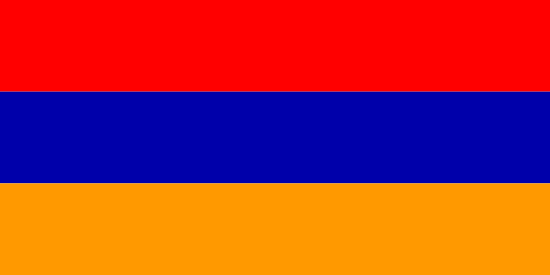"Մանուկ գաղափարների մայրավանք | Monastery of the moving ideas"
About:
Geghard is a medieval monastery in Armenia, partially carved out of the adjacent mountain. Founded in the 4th century by Gregory the Illuminator, it was originally known as Ayrivank (Cave Monastery). The present complex dates back to the 12th-13th centuries, when it was renamed Geghard (Spear), referencing the spear that wounded Jesus during his crucifixion, allegedly housed there. The monastery, renowned for its rock-cut architecture, was inscribed on UNESCO's World Heritage List in 2000.
When to visit:
Geghard, located in Armenia, is a unique and ancient monastery dating back to the 4th century. The best time to visit Geghard is during the spring and autumn months when the weather is mild, and the landscape is in full bloom. These seasons offer a comfortable climate for exploring the monastery and its surrounding natural beauty. Additionally, visiting during a holiday, such as Easter or Christmas, can provide a festive atmosphere and a chance to witness special religious ceremonies at Geghard.
When to avoid:
Geghard, located in Armenia, experiences its peak tourist season during the summer months of June to August. During this time, large crowds of visitors flock to the ancient monastery complex, resulting in long queues and a bustling atmosphere. To avoid the crowds and make the most of your visit, it is advisable to avoid traveling to Geghard during these peak holiday months. Instead, consider visiting during the shoulder seasons of spring or autumn for a more tranquil and enjoyable experience.
Winter Season (Dec-Feb)
In winter (December through February), Geghard, Armenia experiences its coldest weather. Average temperatures range from -5°C to 2°C. Snowfall is common and can be heavy, covering the landscape in a pristine white blanket. Rainfall is minimal, averaging around 20mm per month. The days are short with only 5-6 hours of daylight, often dimmed by overcast skies. Visitors should expect to bundle up, as the chill can be piercing, especially at night. Despite the cold, the snow-covered monastic complex offers a stunning view, creating a magical and serene atmosphere.
"Summer (June-August)"
Geghard is a monastery in Armenia, so I'll provide information based on this location.
The warmest part of the year in Geghard, Armenia, is from late June to early September. During these months, the average high temperatures range from 28°C (82°F) to 33°C (91°F), and the lows range between 15°C (59°F) and 19°C (66°F).
Rainfall is relatively low during this period, with average monthly precipitation ranging from 6mm in August to 25mm in June. The region experiences long periods of sunlight, with an average of 10 to 12 hours of daylight per day.
Humidity is generally moderate, fluctuating between 35% and 70%. The sky is typically clear, with cloud covering ranging from 10% to 30%, meaning you'll have plenty of sunny days.
For a visitor, a typical day in Geghard during the warmest part of the year would feel warm to hot, especially in the afternoon. Mornings and evenings are cooler and more comfortable. The weather is generally dry, with only occasional rain showers. The abundant sunlight and low cloudiness make it a great time for outdoor activities and sightseeing. However, it's recommended to wear sun protection due to the high UV index.
Language:
Geghard is a village in Armenia, so the primary language spoken there is Armenian. This language is part of the Indo-European language family and has its own unique script. Russian is also widely understood and spoken among the older generation due to Armenia's history as part of the Soviet Union. English is increasingly taught in schools, making it another commonly spoken language in Geghard.




